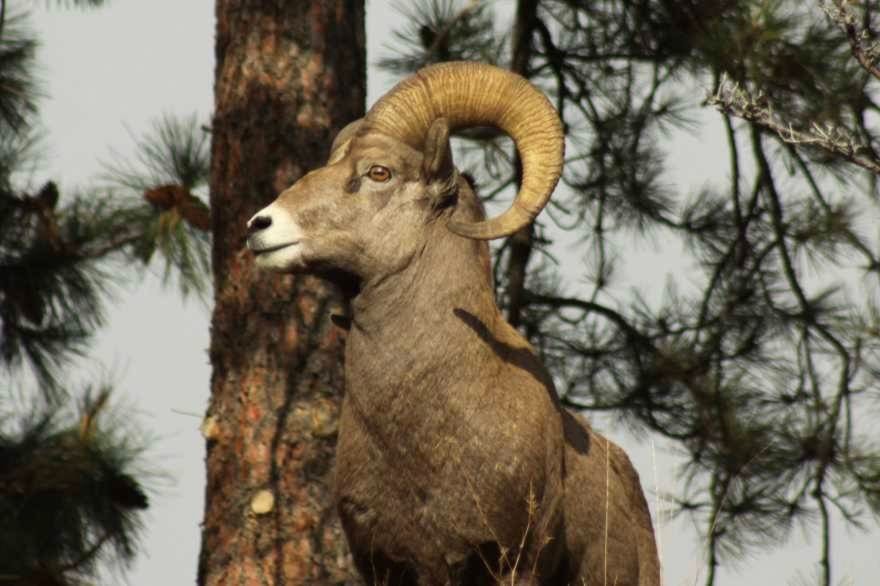Nature conservation experts recently met for the 2019 Conservation Science Forum sponsored by the South Okanagan Similkameen Conservation Program.
About one hundred environmental professionals, scientists, land managers and conservation partners gathered to listen and learn from each other. The forum, hosted at Okanagan College’s Penticton campus, showcased research efforts for wildlife species and habitats of concern in the South Okanagan Similkameen.
“The forum is meant to bring researchers and scientists together with others involved in conservation, those who are managing land directly or advising landowners, to highlight some of the most recent findings on a wide range of issues facing nature,” said Bryn White, SOSCP program manager. “From the tiniest mite to the mighty grizzly bear and those that fly, hop and slither in between, research is being conducted all through the valley to help understand and manage the health and future of our land and wildlife.”
The day kicked off with a focus on critical habitat for species at risk in the South Okanagan and the latest research to help manage habitat for amphibians and reptiles such as the tiger salamander and western rattlesnake, as well as some of the smaller but important species like the pallid bat, found only in the South Okanagan.
Afternoon sessions focused on solutions to pressing conservation problems including an outbreak of mange caused by mites in local bighorn sheep herds, the loss of cottonwood riparian forests, recovering river habitat for salmon, white-nose syndrome in bats, stresses on Canada Lynx and bobcat at the edge of their ranges, grizzly bear recovery efforts as well as declining mule deer populations.
Many of the presentations stressed the importance of collaboration. Partnerships between Okanagan Nation Alliance, First Nations governments, the En’owkin Centre, universities, federal and provincial governments as well as nongovernment organizations, funders and local stakeholders were showcased.
One special highlight was the keynote address by Dr. Jeanette Armstrong, Penticton Indian Band member and Canada Research Chair in Okanagan Indigenous Knowledge and Philosophy at UBC Okanagan. Armstrong spoke about the importance of traditional ecological knowledge and the need for collaboration between the Indigenous community and western science. An example of this sort of successful collaboration is the application of Indigenous and western knowledge as the foundation upon which the work to recover sockeye salmon in the Okanagan River is based.
“We hope to continue this forum on an annual basis,” said White.
“As is the case in any industry it can be a challenge to access information about what others are up to, the groundbreaking discoveries or new ideas they are uncovering. These sorts of meetings of the minds are invaluable and we are very glad we can make it happen. We were also very pleased to make a donation to the En’owkin Centre indigenous plant nursery in lieu of presenters’ gifts.”
SOSCP is a partnership of fifty organizations working together to conserve the unique biodiversity and environment of this region. The membership is a diverse group of government, non-government, First Nations and academic institutions.
SOSCP has been working collaboratively in our communities, coordinating and facilitating partner activities and improving the effectiveness of conservation efforts for over 18 years.
Its vision is to maintain a healthy environment that sustains the diversity of indigenous plants and animals while enriching people’s lives.
Steve Kidd
Senior reporter, Penticton Western News
Email me or message me on Facebook
Follow us on Facebook | Twitter | Instagram
